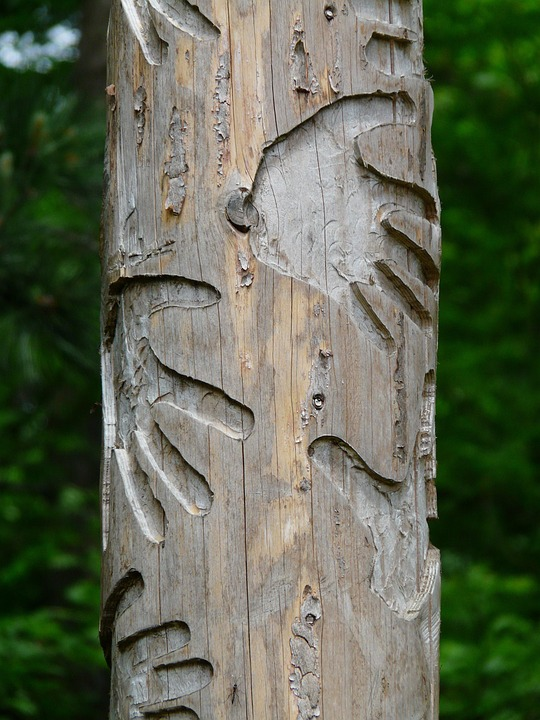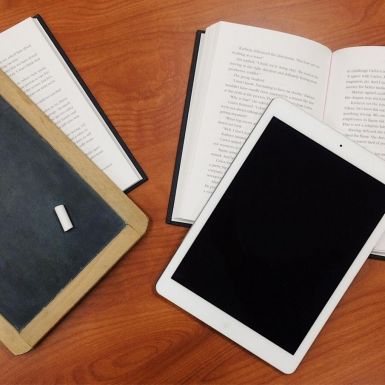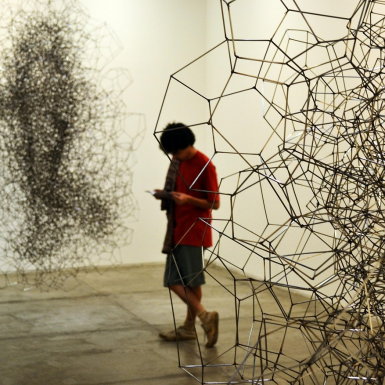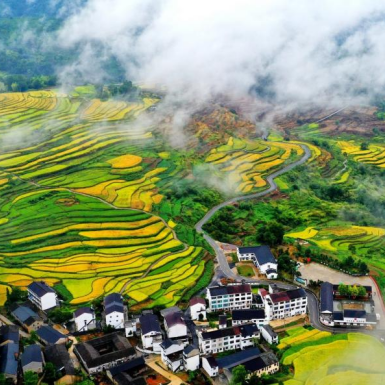Summary Preface:
Artificial intelligence is accelerating its intervention in the realm of visual culture, profoundly reshaping artistic creation methods, aesthetic frameworks, exhibition practices, and art market norms through technological forces. As an academic platform focused on the evolution of 21st-century visual art, the interdisciplinary issues explored by the journal Contemporary Visual Culture and Art are rapidly unfolding in reality. This industry analysis examines the latest art projects and research to highlight how AI has become one of the most disruptive variables in contemporary visual art.

In 2024, London’s Serpentine Gallery showcased Refik Anadol’s AI-driven installation Echoes of the Earth: Living Archive. Trained on over 135 million coral images, this immersive work merges scientific data with abstract aesthetics, emerging as a defining example of “machine vision aesthetics.” Attracting over 60,000 visitors during its brief exhibition, the project reaffirmed that AI art is not merely a “tool” but a curatorial language that redefines the viewer experience.
That same year, AI artist Botto debuted Exorbitant Stage at Sotheby’s, a collection entirely generated, curated, and minted via decentralized community voting. The series sold for over $350,000 at auction, demonstrating how the value of such works is no longer dictated solely by individual creators but co-constructed by algorithms and communities.
Yet the AI boom has sparked controversy. When OpenAI CEO Sam Altman addressed copyright disputes over AI-generated “Ghibli-style” artworks, he defended AI as a “net positive for society” that democratizes creativity. The art world remains divided, however. Growing numbers of creators warn that AI’s ability to replicate styles without authorization blurs the boundaries of originality and breaches ethical foundations of visual culture.
Academic responses are unfolding in parallel. A December 2024 paper (arXiv:2412.14077) argues that generative AI’s pervasive influence demands a reevaluation of “authorship” and “work attribution” within broader cultural contexts. Another study from UC Santa Barbara (arXiv:2306.04141) posits that AI is not just a tool but a “new agent” shaping the ecology of visual media, urging future art theory to systematically address its mediatic nature.
AI is rapidly rewriting the logic of art production, exhibition mechanisms, and value distribution systems. From creation to consumption, circulation to ownership, its role in contemporary visual culture can no longer be reduced to “assistive technology.” Artists, curators, and researchers must collectively reinterpret the meaning of “vision” in the age of AI.




